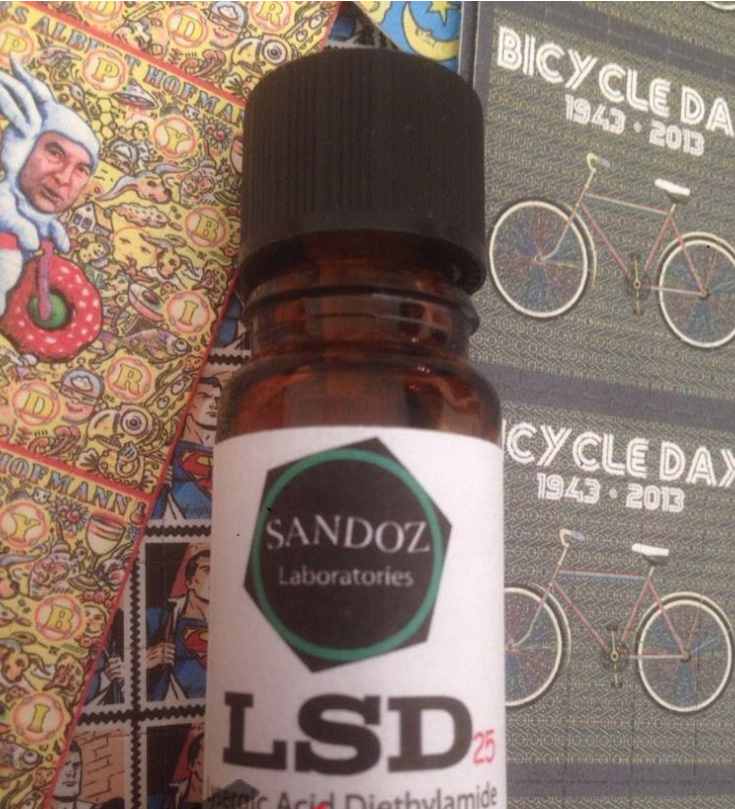Lysergic Acid Diethylamide LSD
Lysergic Acid Diethylamide LSD, also known as lysergic acid diethylamide, is one of the more well-known hallucinogenic substances. Furthermore, depending on the strength of the dose consumed, it might have a wide range of effects on different people. Often, lysergic acid diethylamide is administered in the form of “tabs,” or little squares of paper impregnated with acid. They are additionally placed on the tongue. Drops of liquid can also be injected into the eyes or placed directly on the tongue.
LSD is created as a crystalline substance, which is subsequently combined with other inert substances. For the manufacturing of ingestible forms, it is additionally diluted as a liquid. It has no colour, smell, or taste, yet it is inert.
Uses and Indication of LSD
1) Used to treat depression, anxiety, and severe pain.
2) Used in the treatment of drug and alcohol addiction.
What are the Effects Of LSD?
It causes great happiness, fits of laughter, and a loss of sense of time. Occasionally being more perceptive of one’s surroundings, being incredibly energized, and feeling euphoric all the time. Additionally, the Visual distortion from stronger effects may cause motionless objects to start to move like waves or appear to be breathing. When using LSD, it is harder to make rational decisions and see everyday dangers. Nevertheless, the user is vulnerable to physical harm.
Review
Albert Hofmann created LSD for the first time in 1938 using lysergic acid, a substance found in the parasite ergot. The Central Intelligence Agency (CIA) tested the drug on people starting in the 1950s because they believed it may be effective for mind control. Some of the tests were done on people without their knowledge in an experiment named MKUltra.



Reviews
There are no reviews yet.